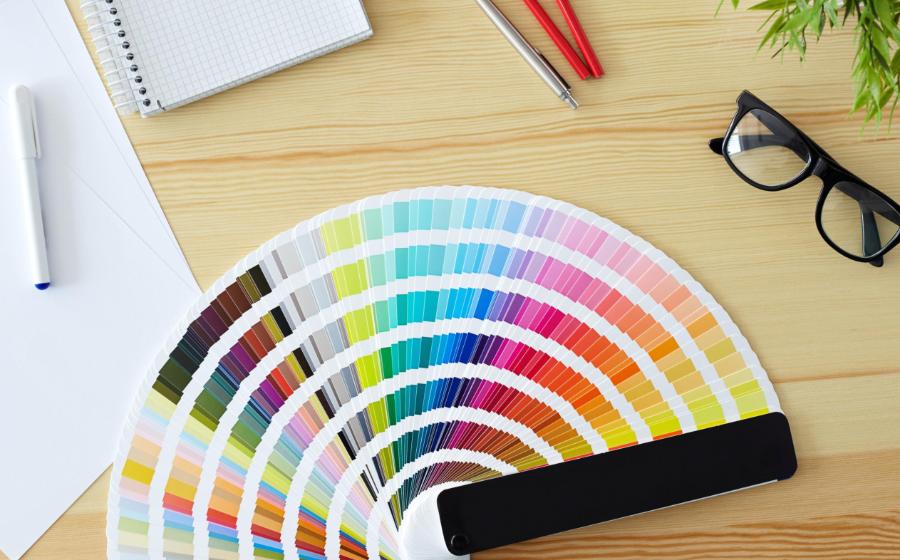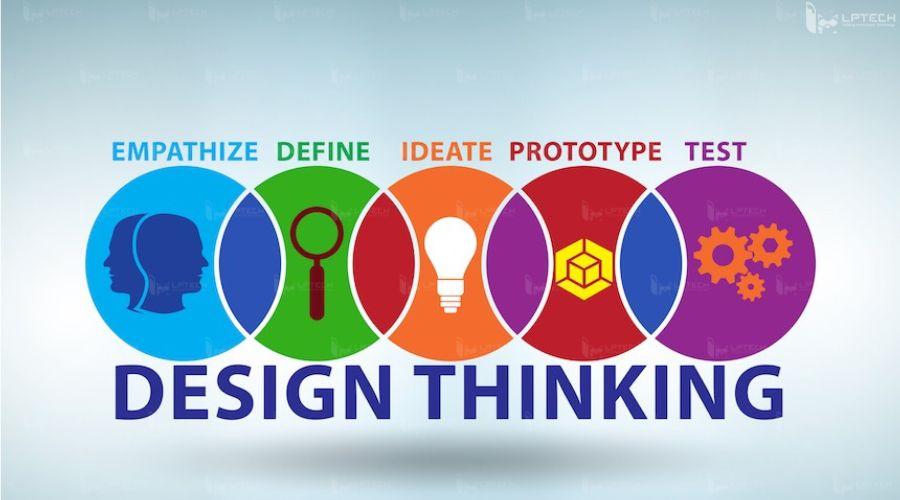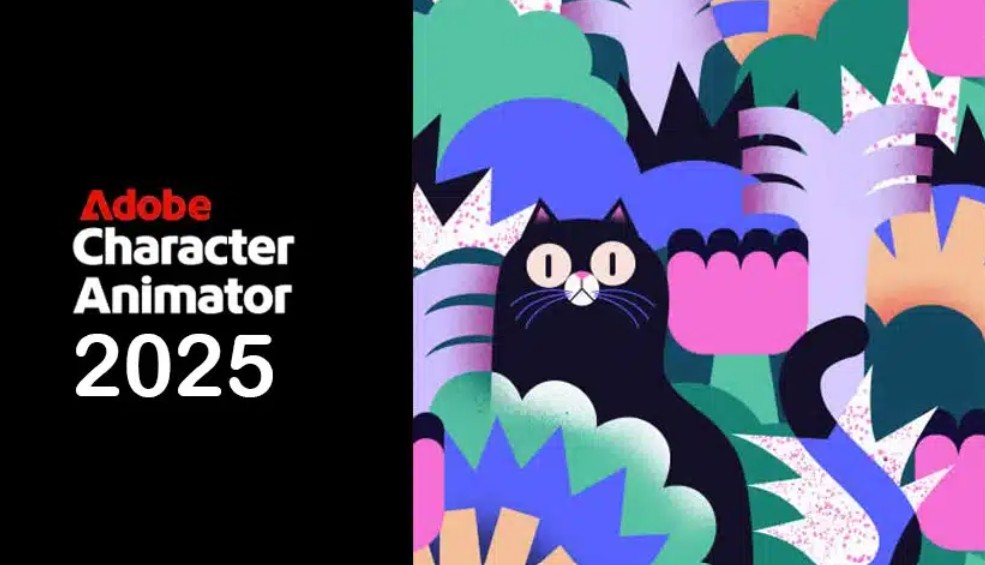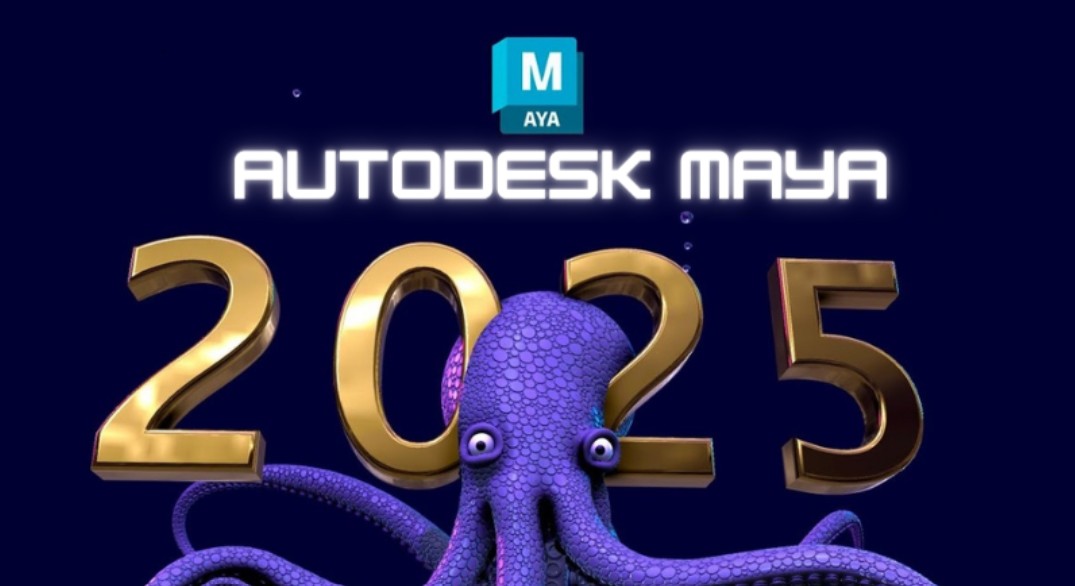Best Selling Products
What is Animation? What is Motion Graphics? How to Distinguish Animation and Motion Graphics
Nội dung
- 1. What is Animation?
- 1.1. Applications of Animation in practice
- 1.2. Popular types of Animation
- 2. What is Motion Graphics?
- 2.1. Characteristics of Motion Graphics
- 2.2. Applications of Motion Graphics in the design industry
- 2.3. Strengths of Motion Graphics compared to other forms
- 3. Difference between Animation and Motion Graphics
- 3.1. Intended use
- 3.2. Content and target audience
- 3.3. Techniques and tools used
- 4. Why Are Animation and Motion Graphics Often Confused?
- 4.1. Motion Graphics – Creating Movement With Static Objects
- 4.2. Animation – Transform Static Into Motion With Story
- 4.3. Confusion Between Animation and Motion Graphics
- 5. Benefits of Animation and Motion Graphics in Design
- 5.1. Enhance User Experience
- 5.2. Effectively Conveying Messages
- 5.3. Enhance Emotional Engagement
- 5.4. Create a Difference in the Market
- 6. Applications of Animation and Motion Graphics in Design
- 6.1. Website Design
- 6.2. Advertising and Marketing
- 6.3. Product Introduction Video
- 6.4. Logos and Trademarks
- 6.5. Social Media Content
- 7. Why Does Your Website Need Animation and Motion Graphics?
- 7.1. Enhanced Interactivity
- 7.2. Enhance User Experience
- 7.3. Expressing Creativity
- 8. Conclusion
Learn about Animation and Motion Graphics, the difference between them, and the role each plays in modern graphic design. Discover more at SaDesign.
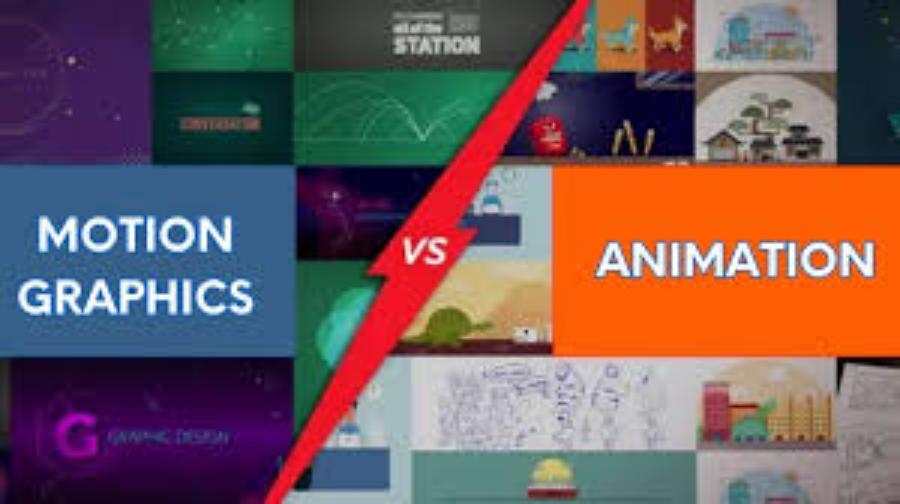
Animation and Motion Graphics are two indispensable concepts in the design industry. However, many people still confuse them. Both bring attractive and impressive motion effects, but they have distinct differences in the way they work and apply. In this article, Sadesign will help you better understand Animation and Motion Graphics, as well as distinguish the differences between these two types.
1. What is Animation?
Animation is the process of creating moving images using a series of still images to create a sense of continuous movement. These images can be hand-drawn, 3D images, or digital models created using specialized software. When these images are shown quickly and continuously, they create a sense of smooth movement, helping the viewer feel a specific story or message.
.jpg)
Animation can be divided into many genres, including 2D animation, 3D animation, stop-motion and many other forms. Depending on the purpose and requirements of the project, Animation can bring vivid effects, help convey emotions and messages in a powerful way.
1.1. Applications of Animation in practice
Animation can be applied in many different fields, from movies, advertising, to online media products. Especially in the field of marketing and advertising, Animation helps attract viewers' attention and create impressive campaigns. Thanks to its flexibility and creativity, Animation can be applied to any type of product or service, from brand promotion to product introduction.
In animated films, Animation plays a key role in creating vivid characters, magical scenes, and engaging stories. Animation is also used in instructional videos, 3D simulations, and educational programs, providing more vivid and understandable learning experiences.
1.2. Popular types of Animation
2D Animation: This is the most common type of Animation, using flat, two-dimensional images. This is a traditional type of animation, used to create short stories or product introduction videos.
3D Animation: Based on 3D modeling technology, it helps create images with high depth and detail. 3D Animation is used in high-end movies, video games and advertisements.
Stop-motion: A method of creating animation by taking individual frames of real objects and then arranging them to create movement. This is an old technique and has a special creativity.
2. What is Motion Graphics?
Motion Graphics is a genre of motion graphic design that primarily uses 2D graphic elements to create highly artistic animations. Although similar to Animation in that it involves movement, Motion Graphics focuses on graphic elements such as text, icons, logos, infographics, and abstract visual elements, rather than building characters or stories like Animation.
.jpg)
2.1. Characteristics of Motion Graphics
Motion Graphics is not just about adding movement to graphic elements, but also creating subtle effects that help viewers easily receive messages. By combining images, sound and movement, Motion Graphics can convey information much more clearly and impressively than static images.
What makes Motion Graphics special is its ability to be used in a wide range of fields, from advertising, social media, commercial videos, to product introductions or financial reports. Motion Graphics helps to convey messages creatively and attract viewers' attention in a short time.
2.2. Applications of Motion Graphics in the design industry
Motion Graphics are often used in advertising videos, online media, or television programs. They help increase viewer engagement and provide a more immersive experience. Motion Graphics videos can be used to convey complex information in an easy-to-understand way, such as charts, financial information, or marketing strategies.
With the ability to easily create eye-catching graphic effects, Motion Graphics is very popular in advertising design, product introduction, service introduction videos, or content for social media campaigns. These videos can easily attract viewers' attention and create a deep impression.
2.3. Strengths of Motion Graphics compared to other forms
Motion Graphics does not require character creation or complex storytelling like Animation. Instead, it focuses on combining graphics, images, and motion to create videos that are both engaging and easy to digest. Motion Graphics is ideal for short marketing videos, product introduction videos, or online media advertisements.
3. Difference between Animation and Motion Graphics
Although Animation and Motion Graphics are both genres of graphic design that involve movement, they have distinct differences in purpose and expression.
3.1. Intended use
Animation: Often used in animated films, entertainment videos, or projects that require a complex story or message. Characters in Animation are built and developed to tell a story.
Motion Graphics: Focuses on conveying information or creating impressive visual effects. It is mainly used in advertising campaigns, product introductions, or short online media videos.
3.2. Content and target audience
Animation: Usually has a clear script with specific characters and story. This form of animation may include sound, voiceover, and special effects.
Motion Graphics: Created primarily with graphic and text elements, it can include still images or animated infographics. Motion Graphics usually do not have characters as in Animation.
3.3. Techniques and tools used
Animation: Software like Adobe Animate, Toon Boom, Blender are commonly used in the process of Animation production. 2D or 3D elements are drawn or simulated before adding motion.
Motion Graphics: Tools like Adobe After Effects, Cinema 4D, and Illustrator are used primarily to create motion graphics, with little or no character element in the design process.
4. Why Are Animation and Motion Graphics Often Confused?
Animation and Motion Graphics are two terms that are often used in the field of graphic design and digital media. However, many people often confuse them, especially when learning about tools, techniques and applications in design. This confusion is not without reason, because both Animation and Motion Graphics are closely related to movement, but they have different characteristics and purposes.
.jpg)
4.1. Motion Graphics – Creating Movement With Static Objects
Motion Graphics is a combination of graphic design and motion. Typically, Motion Graphics is used to create moving effects for static graphic elements such as images, icons, text, and other design elements. These movements make the design more appealing and accessible to the viewer, while also highlighting the message the designer wants to convey.
For example, in promotional videos, Motion Graphics often appear as animated text, animated logos, or moving effects on digital platforms. The main purpose of Motion Graphics is to attract viewers' attention and enhance communication effectiveness.
4.2. Animation – Transform Static Into Motion With Story
Animation, on the other hand, is more than just the movement of graphic elements. Animation is the art of creating moving images, which can be hand-drawn, computer-generated, or a combination of different techniques. Animation is often accompanied by a story or a clear message, either entertaining or educational.
Although Animation can use the same graphic elements as Motion Graphics, Animation is often more complex, requiring creativity and meticulousness in each frame. Animated films, game scenes, or educational videos are all typical examples of Animation applications.
4.3. Confusion Between Animation and Motion Graphics
What makes Animation and Motion Graphics so confusing is that both involve movement. However, they have distinct differences in purpose and implementation. Motion Graphics mainly focuses on moving graphic elements, while Animation has a stronger story or experience element. Additionally, in Motion Graphics, static objects may not change much in shape, but in Animation, objects can change completely, creating a continuous transformation.
5. Benefits of Animation and Motion Graphics in Design
5.1. Enhance User Experience
One of the main reasons why animation and motion graphics are becoming increasingly important in design is their ability to enhance the user experience. Smooth and harmonious movements not only attract attention but also provide a pleasant and engaging feeling to the viewer. For example, a website can use animation to highlight menu items or create smooth page transitions, making it easy for the user to navigate without feeling overwhelmed.
5.2. Effectively Conveying Messages
Animation and motion graphics allow messages to be conveyed in a more visual and dynamic way than with conventional static designs. Movement can make the meaning of messages clearer, making it easier for viewers to absorb information. For example, a product introduction video can use motion graphics to describe the product's outstanding features in a vivid and easy-to-understand way. This helps users not only absorb information quickly but also remember it for a long time.
5.3. Enhance Emotional Engagement
Animation and motion graphics have the ability to create powerful emotions in viewers. Movement, sound, and color combined harmoniously can make viewers feel excited, happy, or even curious. When used properly, these elements can create a strong connection with the audience and make them remember the product, service, or brand for a long time.
5.4. Create a Difference in the Market
In an increasingly competitive design market, the use of animation and motion graphics will help design products stand out and make a strong impression on customers. Instead of using static and boring design elements, designs using animation will help brands create a more dynamic and creative image. This is especially important in building differentiation and retaining customers.
6. Applications of Animation and Motion Graphics in Design
6.1. Website Design
In web design, animation and motion graphics help make interfaces more dynamic and interactive. Effects such as fading, sliding, or moving as the user scrolls are not only visually pleasing, but also provide visual feedback, helping users know where they are on the website. This also helps optimize the user experience, thereby increasing conversion rates and reducing bounce rates.
.jpg)
6.2. Advertising and Marketing
Motion graphics in advertising are a powerful tool for capturing the attention of customers. Instead of simply presenting information, advertising campaigns with animation can use movement to tell an interesting and memorable story. These ads often have the ability to attract viewers from the first seconds and keep them watching longer. Strong motion helps highlight the product or service, while also making it easier for viewers to recognize the brand.
6.3. Product Introduction Video
Product demonstration videos using motion graphics can be a very effective tool in conveying information in a dynamic way. They help customers better understand the features, uses, and benefits of a product. Using animation to illustrate product steps or describe the manufacturing process makes the video more attractive and easy to consume.
6.4. Logos and Trademarks
In logo design, the use of animation will help highlight the brand and create a strong impression on customers. An animated logo is not only easy to remember but also shows the creativity and modernity of the brand. Big brands in the world often use animation in communication campaigns to create consistency and high recognition.
6.5. Social Media Content
Social media is where animation and motion graphics can really shine. Posts on Instagram, Facebook, or TikTok that use motion are more likely to grab attention and go viral than static posts. Short videos with motion graphics help brands quickly reach and connect with consumers, while increasing engagement on these platforms.
7. Why Does Your Website Need Animation and Motion Graphics?
7.1. Enhanced Interactivity
When your website uses animation and motion graphics, you create an intuitive and interactive environment for your users. These motion effects encourage users to explore more and spend more time on your website. This not only reduces bounce rates but also increases the chances of converting visitors into customers.
7.2. Enhance User Experience
A website that uses animation will give users a more enjoyable experience. Smooth effects and moving spaces help soothe the eyes and create a sense of enjoyment when browsing the web. In addition, animation also helps users easily identify important elements on the website such as call-to-action buttons or menu items, thereby increasing the ability to interact and complete actions.
7.3. Expressing Creativity
Your website will easily stand out in the eyes of customers if it is designed with unique and creative animation elements. Subtle motion effects will create a beautiful and modern image for your website, thereby demonstrating the creativity and professionalism in the way the business works.
8. Conclusion
Animation and Motion Graphics are both powerful motion graphic design methods, but they serve different purposes. You should understand the difference between the two to choose the right method for your design projects. At SaDesign , we provide professional Animation and Motion Graphics design services, helping you create unique, creative and impressive products. Contact us to turn your ideas into reality through great motion graphic designs.









































